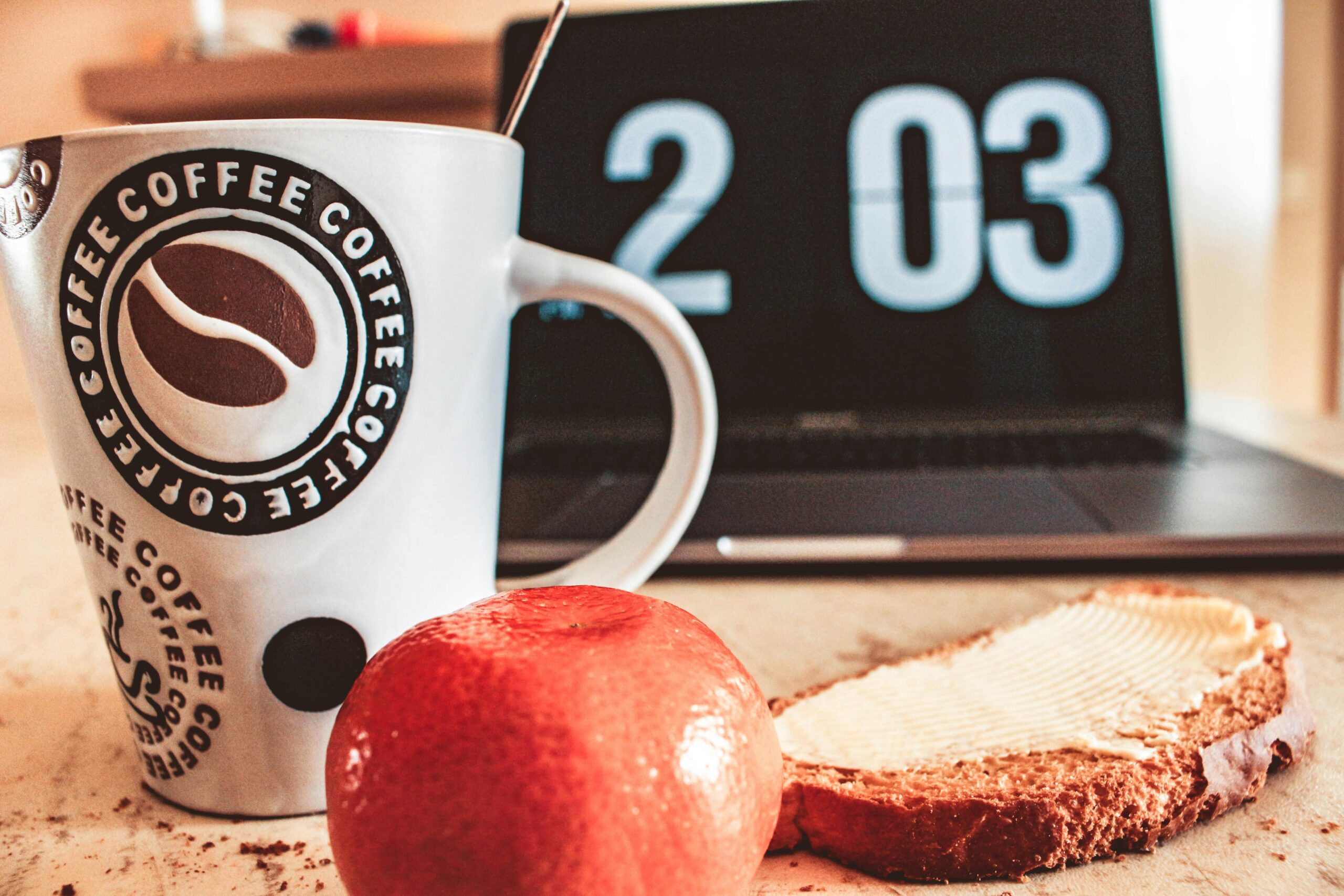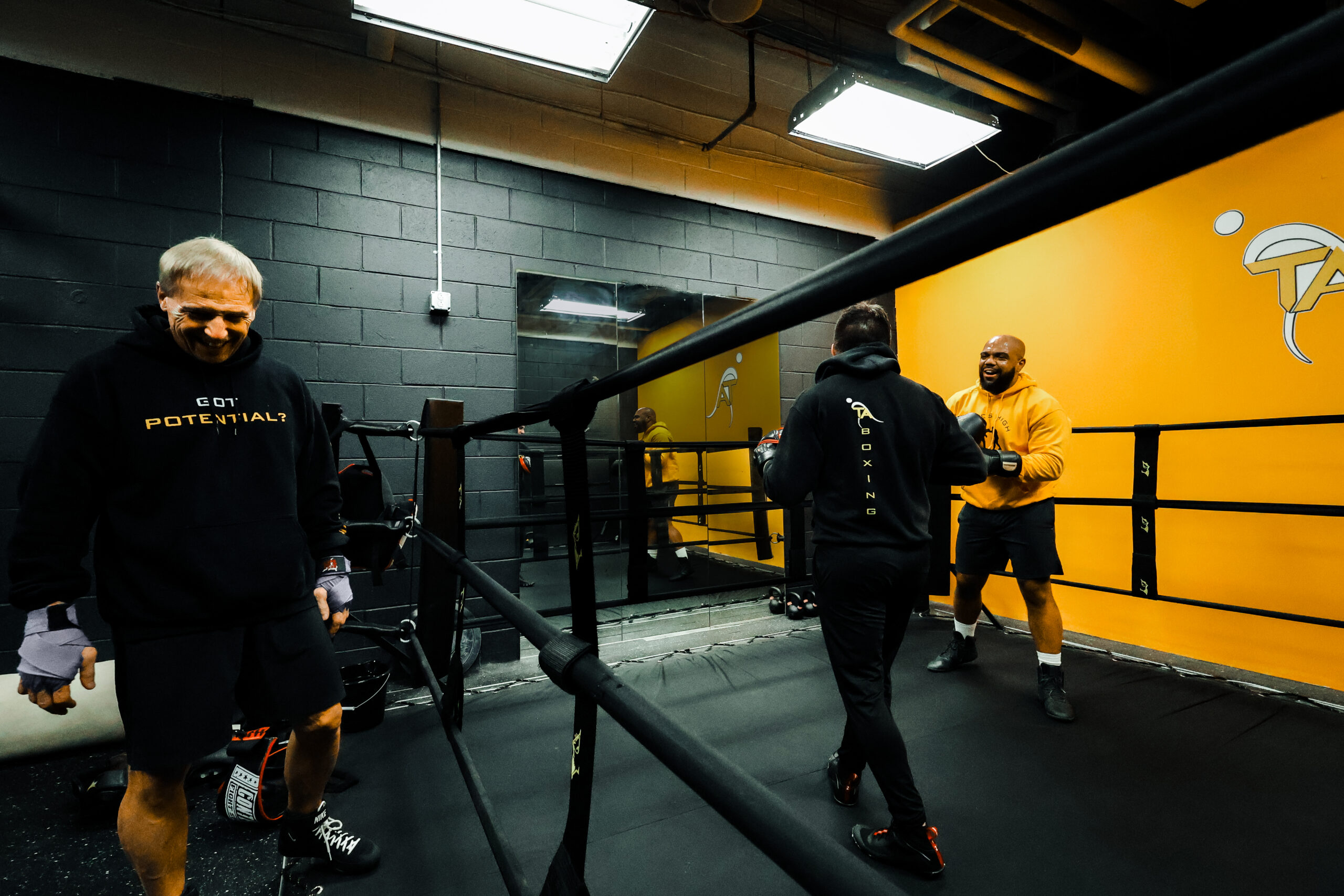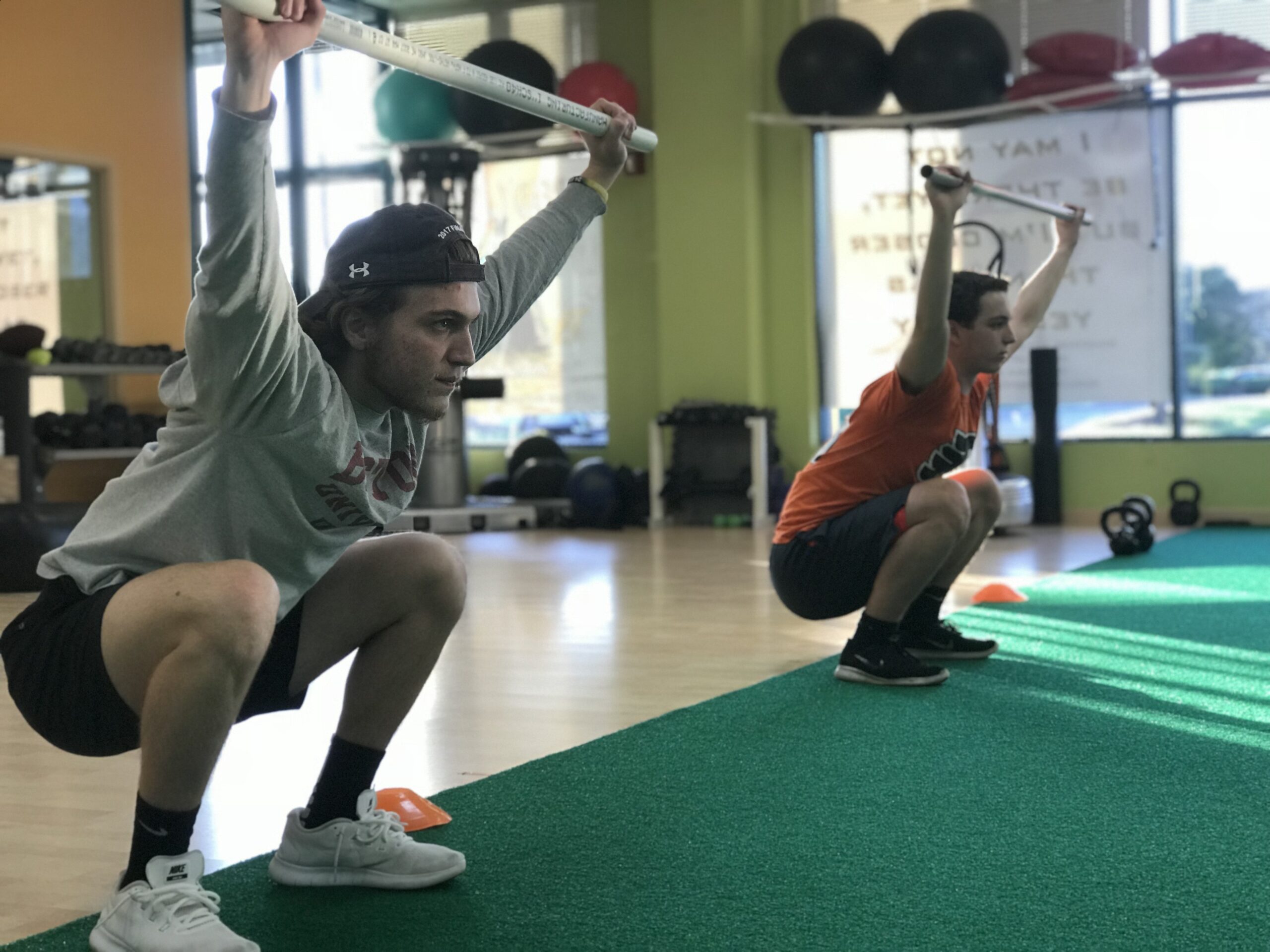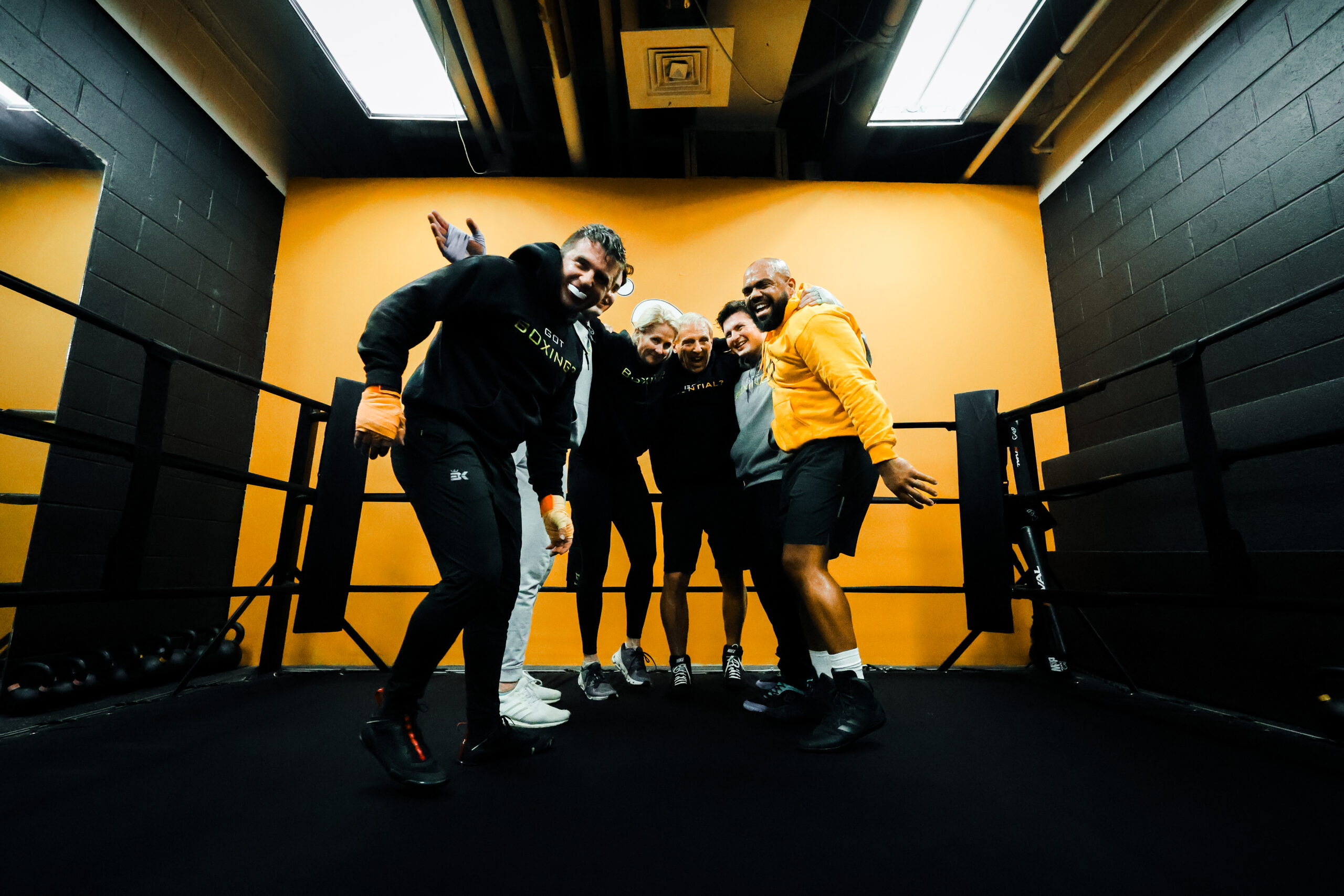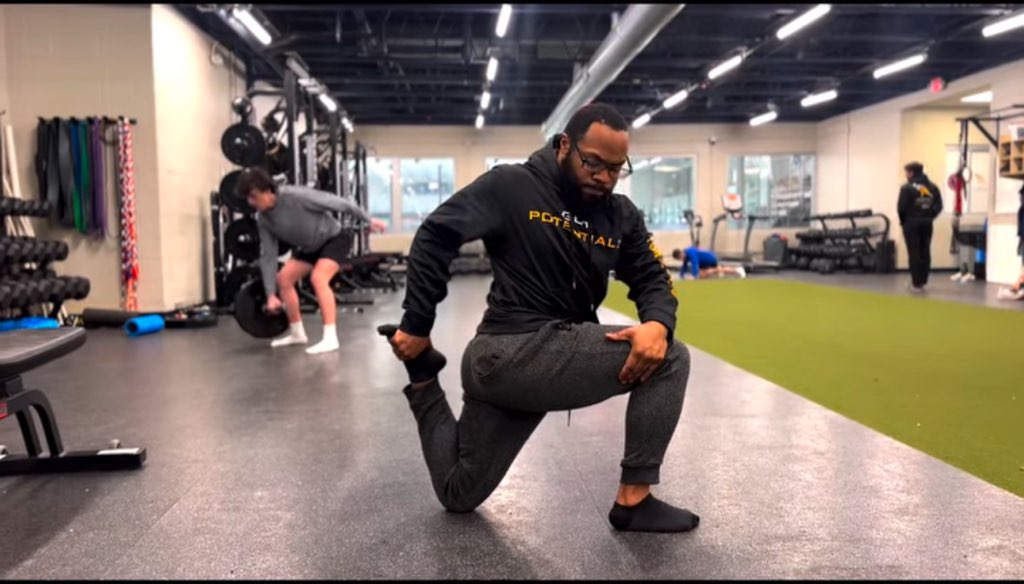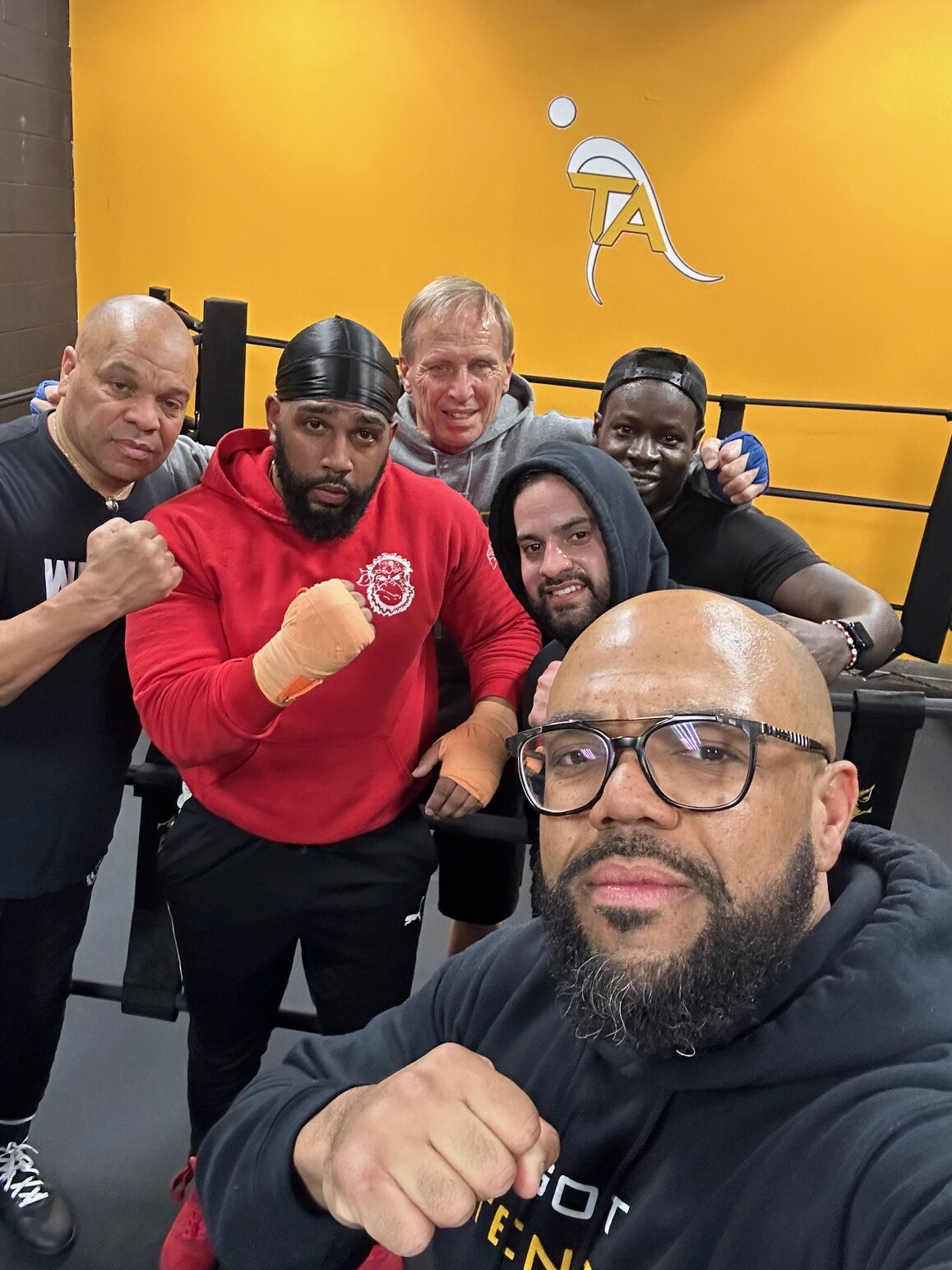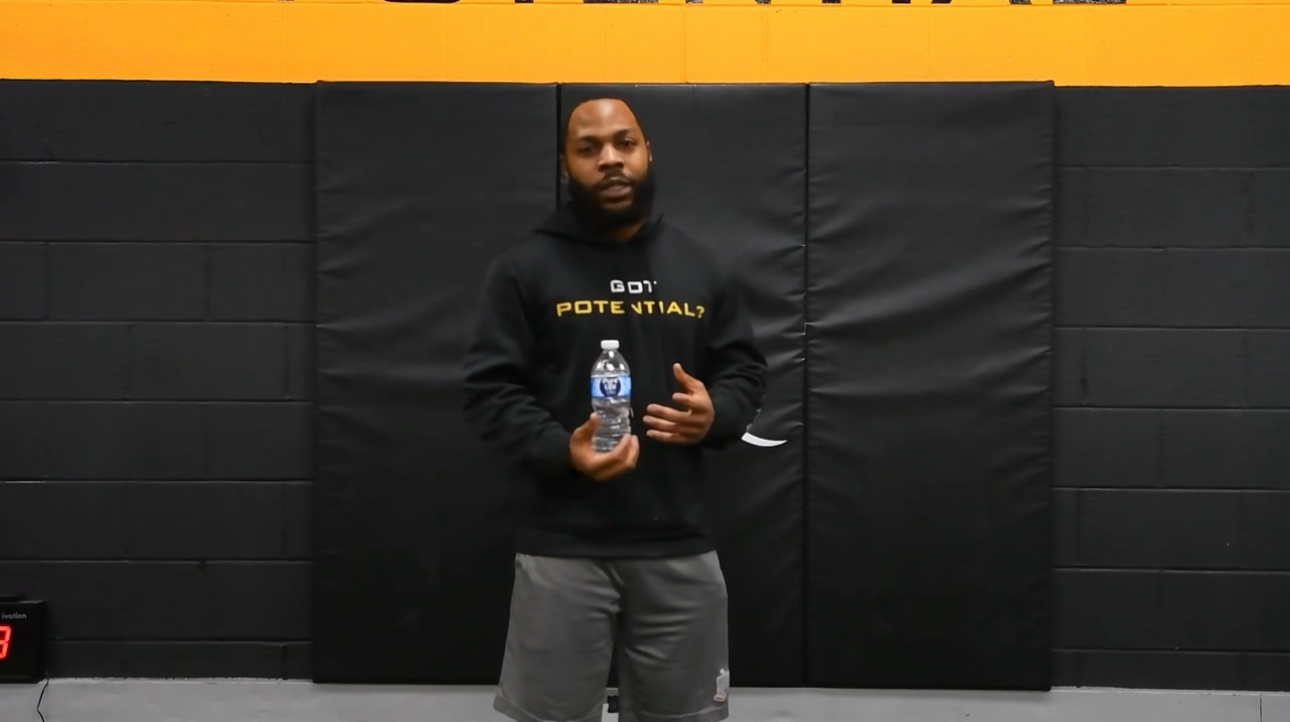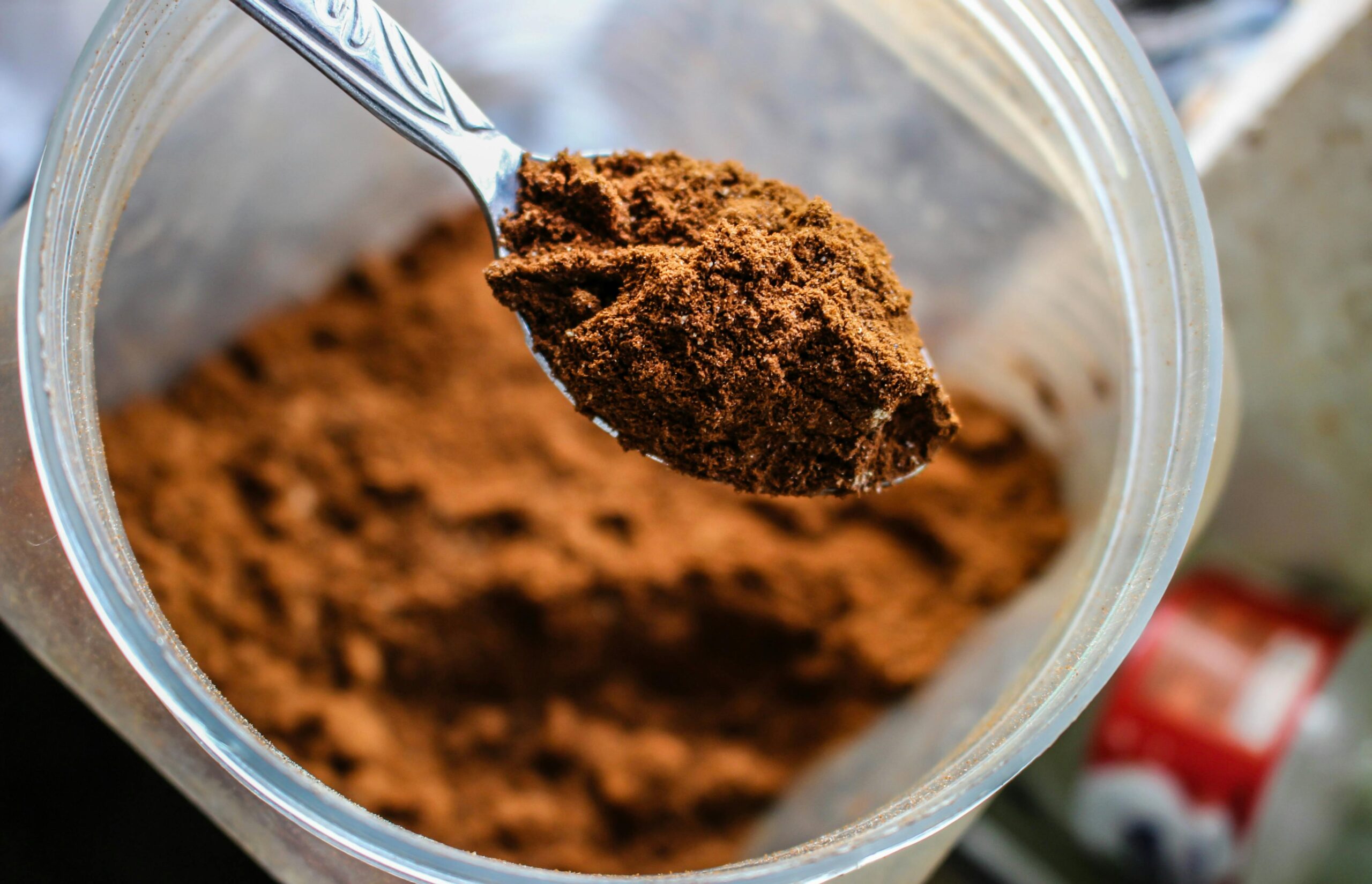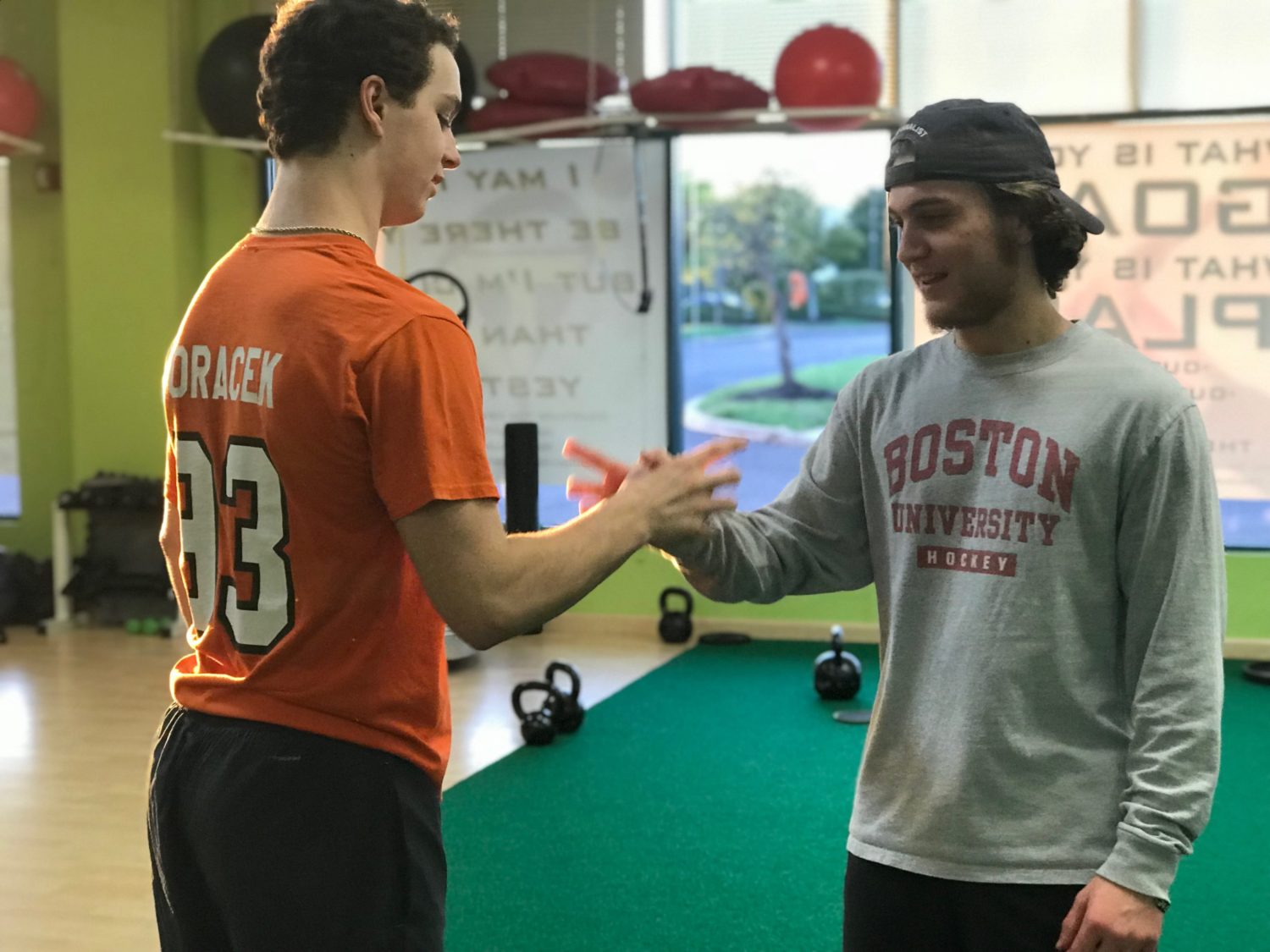Fitness and Nutrition News in South Jersey area
-
 Fit and healthy, Fitness and Nutrition News in South Jersey area, Personal trainer tips, Sports performance
Fit and healthy, Fitness and Nutrition News in South Jersey area, Personal trainer tips, Sports performanceMeal Timing Matters: How When You Eat Impacts Energy, Performance, and Nutrition
What you eat is very important, but a factor people forget about is when they can and/or should eat. The timing of meals and snacks directly affects energy levels, digestion, and how well your body processes those nutrients. Whether you’re looking to boost daily energy, improve workout or performance, or simply optimize nutrient absorption, strategic…
Dan Aquino -
 Boxing Performance, Fit and healthy, Fitness and Nutrition News in South Jersey area, Sports performance, Weight Loss
Boxing Performance, Fit and healthy, Fitness and Nutrition News in South Jersey area, Sports performance, Weight LossDeath to the Dad Bod: 6 Week Men’s TA Boxing Training Program
DEATH TO THE DAD BOD: 6-Week Boxing Transformation Tired of feeling sluggish? Done making excuses? It’s time to take charge, shred fat, and build real strength. This 6-week group boxing program will get you on track toward the best shape of your life, physically and mentally. Attack your goals with a personalized training plan Sharpen your mindset while…
CoachT -
 Cherry Hill sports performance, Fitness and Nutrition News in South Jersey area, Hockey Performance, Personal trainer tips, Sports performance
Cherry Hill sports performance, Fitness and Nutrition News in South Jersey area, Hockey Performance, Personal trainer tips, Sports performanceUnleash the potential- the Developing sports athlete
Unleash the Potential – Sports Performance Training for the Developing Athlete Sports performance training isn’t just for those looking to play professional sports or secure a college scholarship. Developing the youth athlete allows the body and mind to reach their full potential. Personal trait development, discipline, work ethic, commitment, and teamwork are all essential aspects.…
Kirill Vaks -
 Cherry Hill sports performance, Fit and healthy, Fitness and Nutrition News in South Jersey area, Hockey Performance
Cherry Hill sports performance, Fit and healthy, Fitness and Nutrition News in South Jersey area, Hockey PerformanceAmerican Heart Self defense fund raiser
American Heart Self defense fund raiser Excited to invite the Pageant family and friends to a boxing and self-defense fund raiser! Learn how to throw punches like a boxer and how to defend yourself from grabs, chokes, holds, and more. The boxing session will be led by TA’s own Tommy Kennedy teaching the art of…
Kirill Vaks -
 Cherry Hill sports performance, Fit and healthy, Fitness and Nutrition News in South Jersey area, Hockey Performance, Personal trainer tips, Sports performance, The scoop in all, Weight Loss
Cherry Hill sports performance, Fit and healthy, Fitness and Nutrition News in South Jersey area, Hockey Performance, Personal trainer tips, Sports performance, The scoop in all, Weight LossTop 4 Benefits of Yoga for Athletes: Why You Should Add Yoga
Did you know that incorporating yoga into your training routine offers benefits beyond just flexibility? While many athletes associate yoga with stretching, it provides significant advantages in strength, mobility, balance, and mental focus. Whether you’re a runner, weightlifter, or team sport athlete, yoga can enhance performance and recovery in ways you may not have considered.…
BangD -
 Cherry Hill sports performance, Fit and healthy, Fitness and Nutrition News in South Jersey area, Hockey Performance, Personal trainer tips, Sports performance
Cherry Hill sports performance, Fit and healthy, Fitness and Nutrition News in South Jersey area, Hockey Performance, Personal trainer tips, Sports performance6 week Training program: Get started.. Now
The 6 week Training program: We’re excited to introduce a 6 week spring training program! Curious on what’s the difference between most training “programs”, Cross fit, orange theory or getting a membership at the gym? check out the article below: Training Exercises versus Training Program: Goals and vision are essential parts of training.…
Kirill Vaks -
 Boxing Performance, Fit and healthy, Fitness and Nutrition News in South Jersey area, Sports performance, Uncategorized
Boxing Performance, Fit and healthy, Fitness and Nutrition News in South Jersey area, Sports performance, UncategorizedBe a Super Dad: Stay Active, Strong, and Keep Up with Your Kids
Dad Bods are Out – Time to Get Fit Hey dads, let’s be real for a second – keeping up with our kids gets tougher as we get older, especially when they’re full of energy! No dad wants to be stuck on the sidelines, watching from a distance because his body just can’t keep up.…
CoachT -
 Cherry Hill sports performance, Fit and healthy, Fitness and Nutrition News in South Jersey area, Hockey Performance, Personal trainer tips, Sports performance, Stretches
Cherry Hill sports performance, Fit and healthy, Fitness and Nutrition News in South Jersey area, Hockey Performance, Personal trainer tips, Sports performance, StretchesBenefits of Stretching 10 Minutes a Day for Athletes
Every athlete, at some point, has questioned the importance of stretching or complained about how boring it can be. But what if I told you that just 5–10 minutes of daily stretching could improve your athletic performance? Within a few days, you’ll feel less sore. After a few weeks of consistent stretching, you may notice…
BangD -
 Cherry Hill sports performance, Fit and healthy, Fitness and Nutrition News in South Jersey area, Hockey Performance, Personal trainer tips, Sports performance, The scoop in all
Cherry Hill sports performance, Fit and healthy, Fitness and Nutrition News in South Jersey area, Hockey Performance, Personal trainer tips, Sports performance, The scoop in allTop Foods and Remedies to Prevent Muscle Cramps and Spasms
Understanding Muscle Spasms and Cramps Muscle spasms, also known as muscle cramps, are involuntary contractions that can cause sudden pain and discomfort. For athletes, these spasms can be particularly frustrating, affecting performance and recovery. They often stem from: Muscle fatigue – Overuse or prolonged activity can lead to cramping. Dehydration – Inadequate fluid intake can…
BangD -
 Cherry Hill sports performance, Fit and healthy, Fitness and Nutrition News in South Jersey area, Personal trainer tips, Sports performance, The scoop in all
Cherry Hill sports performance, Fit and healthy, Fitness and Nutrition News in South Jersey area, Personal trainer tips, Sports performance, The scoop in allCreatine Supplementation: Benefits and Guidelines for Athletes
Common Questions About Creatine Athletes frequently ask: When should I take creatine? How early is too early to start supplementing? How much creatine should I take? This guide will help answer these questions and provide insights into the benefits, potential side effects, and best practices for creatine supplementation. What is Creatine? Creatine is a naturally…
BangD -
 Cherry Hill sports performance, Fitness and Nutrition News in South Jersey area, Hockey Performance, Personal trainer tips, Sports performance
Cherry Hill sports performance, Fitness and Nutrition News in South Jersey area, Hockey Performance, Personal trainer tips, Sports performance2 essentials needs for the developing athlete
The Importance of Consistency in Athletic Training for Young Athletes Consistency is key when it comes to athletic development, especially for young athletes. Regular training helps build essential skills, improve strength, boost endurance, and reduce the risk of injury. There are many benefits but this age group needs to love to train. Being strict is…
Kirill Vaks -
 Cherry Hill sports performance, Fit and healthy, Fitness and Nutrition News in South Jersey area, Hockey Performance, Personal trainer tips, Sports performance, The scoop in all, Weight Loss
Cherry Hill sports performance, Fit and healthy, Fitness and Nutrition News in South Jersey area, Hockey Performance, Personal trainer tips, Sports performance, The scoop in all, Weight LossHow to Relieve Muscle Soreness Fast: Tips for Athletes
Why do Muscles Get Sore After Working Out? Muscle soreness after exercise is a common experience, especially after intense or unfamiliar workouts. This soreness, known as Delayed Onset Muscle Soreness (DOMS), occurs due to microscopic tears in muscle fibers caused by physical exertion. Additionally, overuse of muscles that haven’t been engaged in a while can…
BangD
